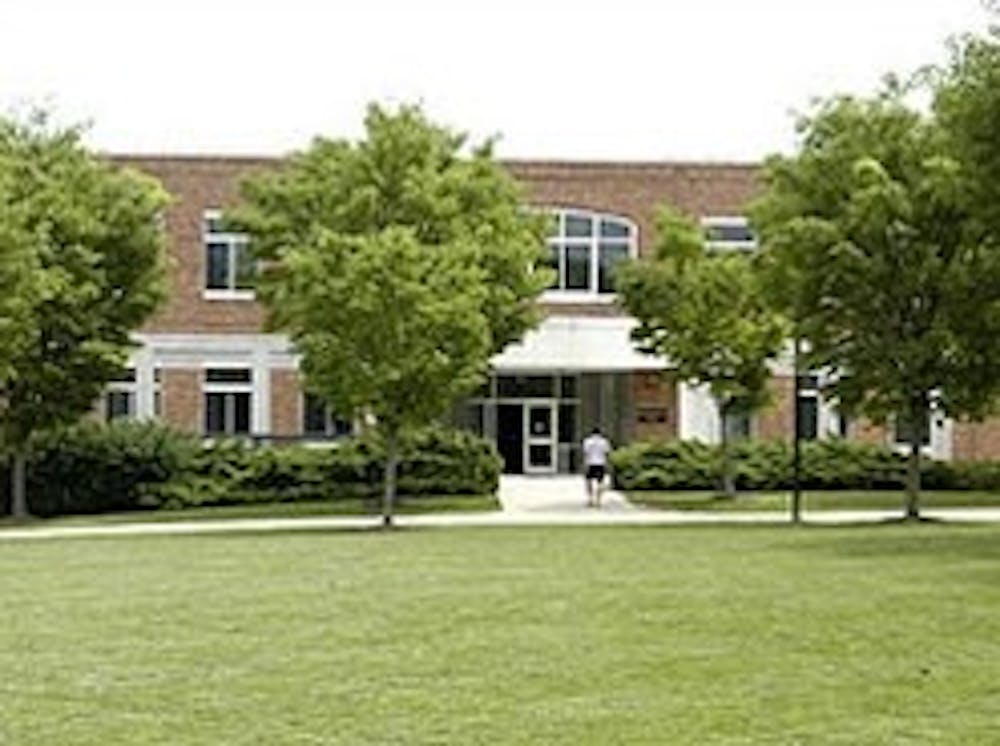In the Atlantic Coast Conference, football operations buildings range in age and quality, from Georgia Tech’s 35 year old stadium annex with a handful of offices and scattered weights, to Clemson’s months old, glorified amusement park. To an uninvolved fan, the modern monoliths being constructed may seem unnecessary, but to a potential coach or recruit, it can make the difference between committing to a school and hanging championship banners or taking their talents to the rival’s campus.
Unfortunately for the Virginia football program, the latter has happened more and more often in the recent years.
During his introductory press conference on Dec. 7, 2015, new Virginia football coach Bronco Mendenhall made it clear to the University and the fans that the amenities and tools he had at his disposal met neither his nor potential recruits’ standards.
“A football building is absolutely necessary to dedicate or to show our dedication that we’re serious,” Mendenhall said.
The university listened.
Friday, June 9, 2017 the University of Virginia Board of Visitors gave the Cavalier faithful a sign that a winning football program is important to the school. The Board opened up a fundraising campaign and preliminary planning for a state-of-the-art $55-$60 million football operations center. The proposed site for construction on Massie Road lies adjacent to University Hall and across the outdoor practice field from the George Welsh Indoor Practice Facility.
While no groundbreaking date has been set, this is an important development for the football program and all other athletic programs because the current building used to house, train, and heal the Cavalier football players is the McCue Center which was built in 1991. While the McCue Center has been periodically updated over the years, it is used by all Virginia student-athletes for training and healing purposes.
The pitch to begin the development of the new football operations center acknowledges that, “While academic excellence is still the most important factor in a recruit’s choice of school, team facilities also rank very high.” As many as seven ACC football schools, including Notre Dame, have facilities dedicated specifically to their football program.
Other academically comparable schools to Virginia are on this list as well including Duke and North Carolina. The pitch goes on to address that, “It is critical to address deficiencies identified by coaches, student-athletes and recruits.”
If Virginia’s goal is to be competitive and in the running for Coastal Division championships, they will first need facilities that compete with their ACC foes. The proposed 140,000 square feet of modern weight training areas, video rooms of the McCue Center would address the shortcomings and then some.
To see how the Cavaliers current facilities compare, here is a brief look at the football headquarters of the programs that the Cavaliers compete with on the gridiron and the recruiting trail.
Duke - The Yoh Football Center was built in 2002 for a cost of $22 million. Its 70,000 square feet are comprised of a locker room, weight room, sports medicine area, indoor workout space, player lounge, computer center, and meeting rooms.
Georgia Tech – This is the oldest football operations building in the ACC. The multiple floor headquarters are attached to Bobby Dodd Stadium and spans 65,000 square feet. Its amenities include football offices, a locker room and multipurpose meeting areas.
Miami – The $34 million dollar Carol Soffer Indoor Football Practice Facility contains the indoor practice facility as well as the operations center. The 20,000 square feet dedicated to football operations holds six meeting rooms, coaches offices, student-athlete lounges, a video center and a recruiting suite. It was constructed in 2015 and is the second newest building, after Clemson.
North Carolina – The $50 million dollar football operations center was built in 1997 and attached to Kenan Stadium. The building features a dining area, player’s lounge, weight room, locker room and recruiting area. North Carolina approved the building of a new indoor practice facility and football operations center in 2015 and construction is currently underway and is projected to cost between $25 million to $40 million dollars.
Pittsburgh – When a collegiate football program shares facilities with a professional team, their facilities will be hard to top. The Panthers share theirs with the Pittsburgh Steelers. The 100,000 square foot facility spans two floors and contains the requisite office space, meeting rooms, weight room, academic enhancement space and a sports medicine area.
Virginia Tech – The Hokies made a splash with their $18 million dollar expansion five years ago, bringing their operations center to a total of 82,000 square feet. It contains an academic area, player’s lounge, large space for recruiting and player gatherings, offices, locker rooms and a sports medicine area.
At the time it was constructed, the McCue Center was at the top of the list of athletic facilities in the ACC. It catapulted the Cavaliers to the front of the line for recruiting, and created an air of confidence around the program. Since then, the other schools in the Coastal Division and ACC as a whole have overtaken the Cavaliers on the field and in facilities.
“A facility is a tangible form of announcing our presence that we don’t intend to be taking a backseat to anybody,” Mendenhall said a year and a half ago.
The approval and implementation of this plan has the Cavaliers in the driver’s seat.






